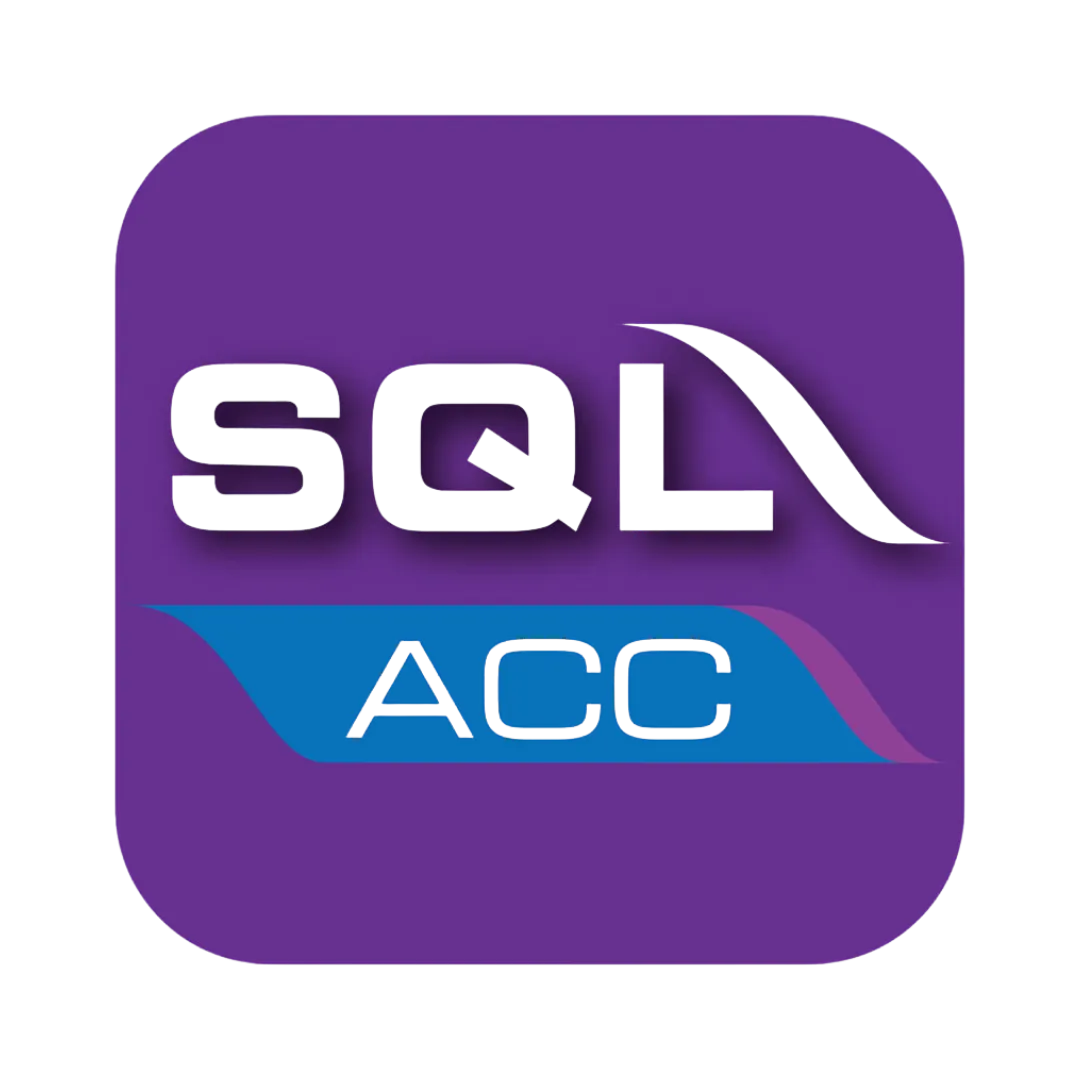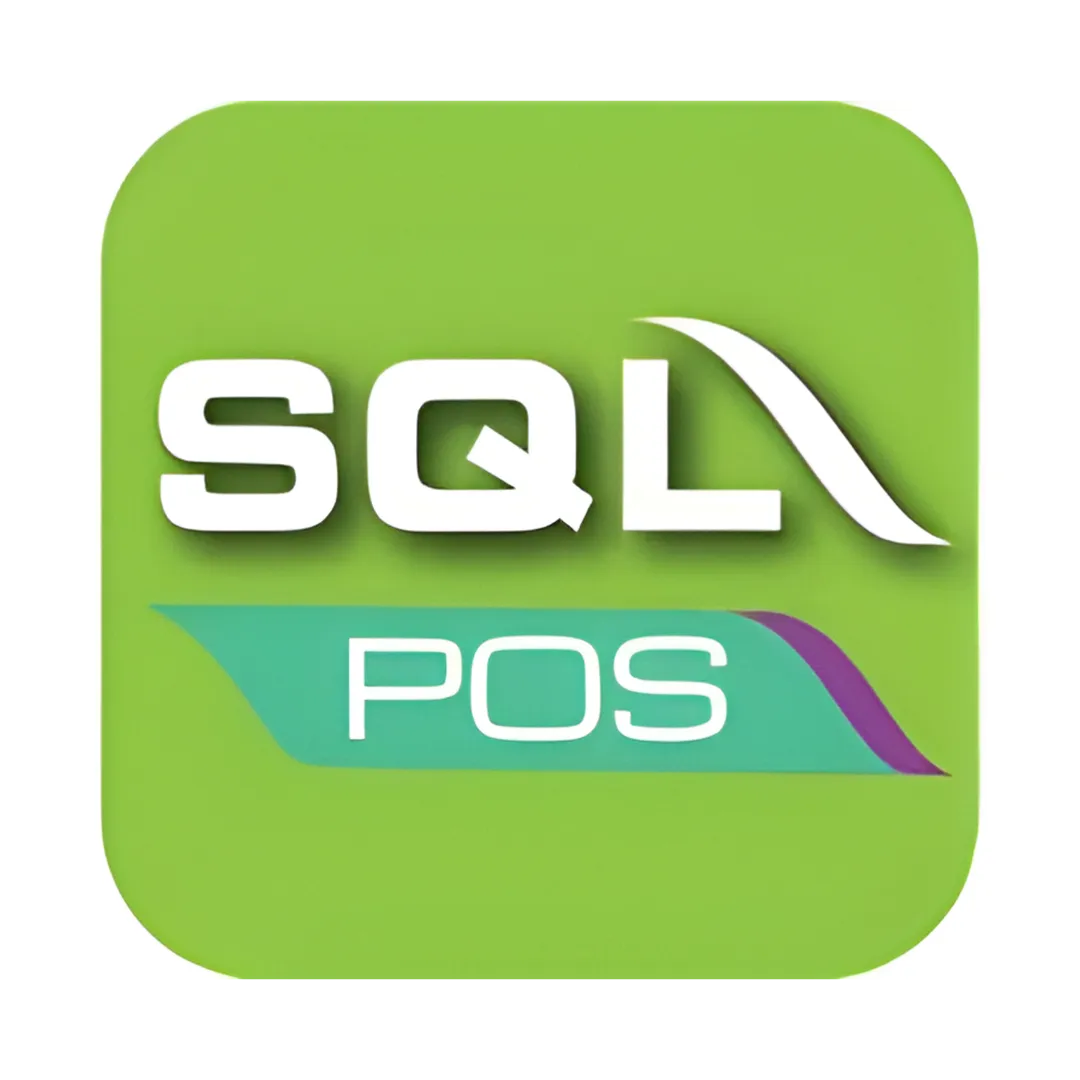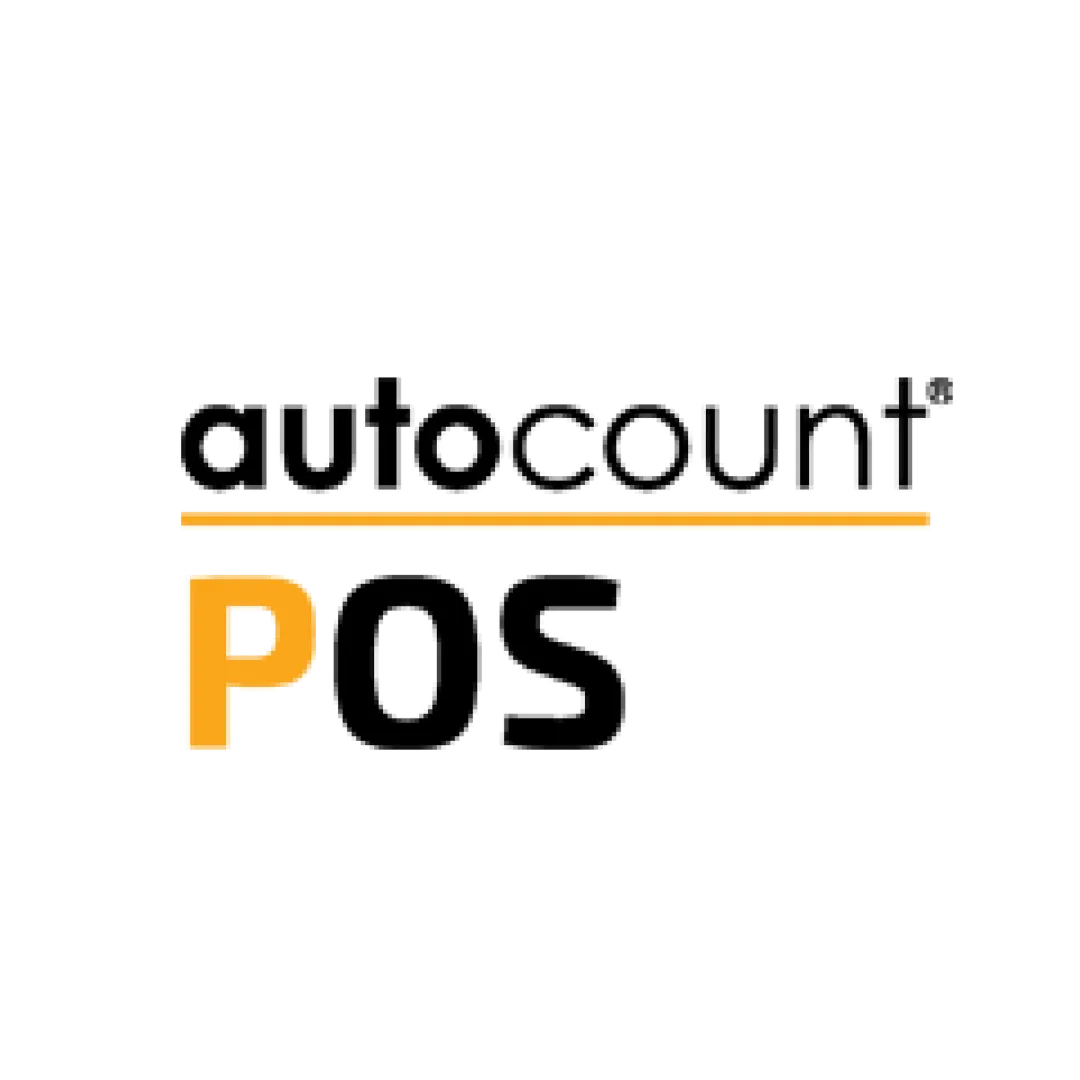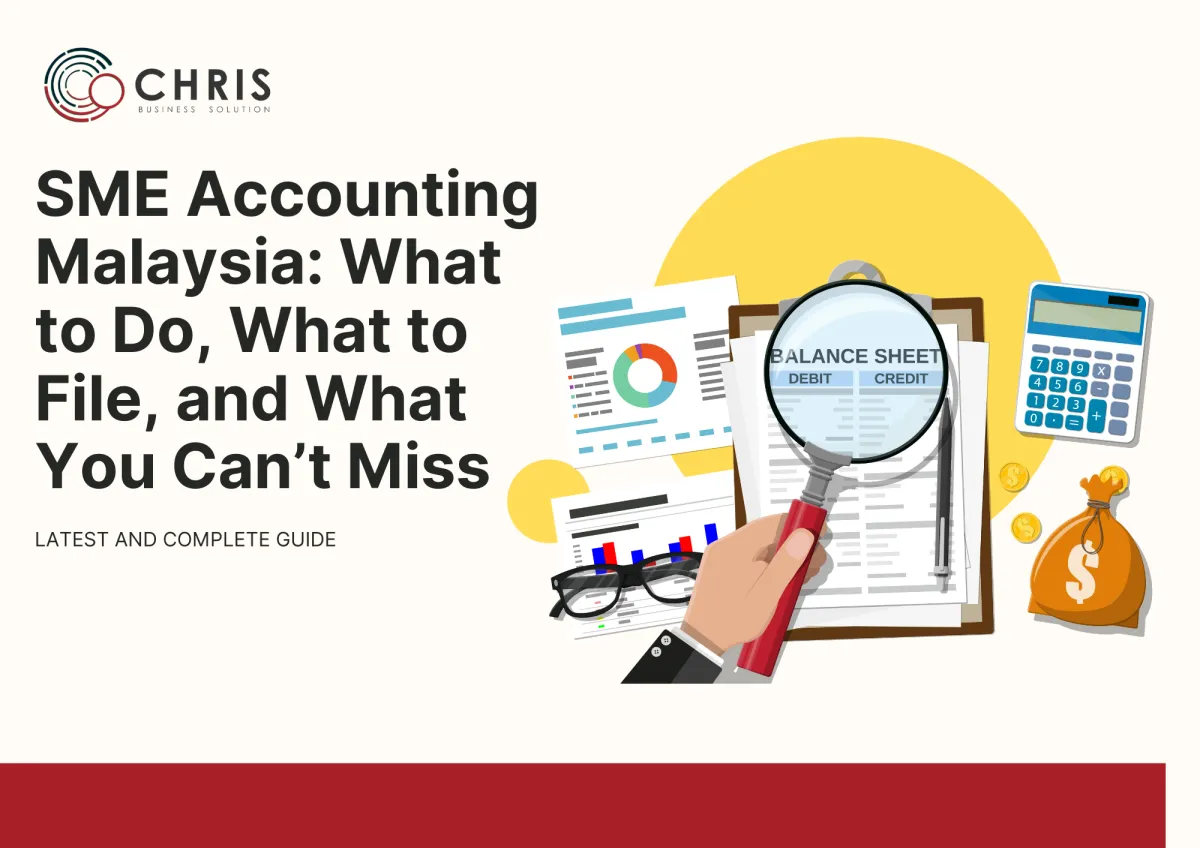
How to Set Up SQL Accounting Software (2025 Guide)
This article provides an in-depth and practical guide tailored to Malaysian SMEs. Whether you are a freelancer, startup founder, or established small business owner, you’ll walk away with the tools, knowledge, and structure to manage your business accounting effectively - without getting overwhelmed.


Published 16 July 2025
In this article, you will learn about
1. System Requirements & Preparation
2. Installing SQL Accounting Software
3. Creating a New Company Profile
4. Setting Up Core Accounting Structure
5. Configuring Inventory (Optional)
6. Inputting Opening Balances
7. Daily Operations Overview
8. Maintenance Tips & Best Practices
In this article, you will learn about
1. Why Accounting Matters for Malaysian SMEs
2. What Every SME in Malaysia Needs to Do to Stay Organized
3 . Choosing the Right Accounting Method: Cash vs Accrual
4. Key Reports Malaysian SMEs Must Understand
5. What You Must File: LHDN, SSM & SST
6. Common Accounting Mistakes (And How to Avoid Them)
7. Best Accounting Software for Malaysian SMEs
8. Your SME Accounting Setup Checklist
9. Bonus: LHDN e-Invoice Rollout (What to Know in 2025)
Accounting is a critical yet often misunderstood part of running a business in Malaysia, especially for small and medium enterprises (SMEs). While many entrepreneurs focus on marketing, operations, or customer acquisition, proper accounting is what ensures the long-term stability and sustainability of the business. In Malaysia, where tax compliance, government incentives, and financial transparency are essential, understanding what to do, what to file, and what you absolutely can’t overlook is key to staying ahead.
Why Accounting Matters for Malaysian SMEs
Accounting is not just about tracking expenses or recording sales; it’s about building a system that gives you control over your business. In Malaysia, proper accounting is essential for tax compliance with LHDN, gaining access to funding, applying for government grants, and forecasting budgets.
SMEs that ignore accounting often run into cash flow problems, legal trouble, or simply miss out on growth opportunities. Conversely, businesses that embrace structured accounting early gain more credibility, agility, and peace of mind.
What Every SME in Malaysia Needs to Do to Stay Organized
Before you file anything, submit any reports, or pay any tax, you need internal structure. Every SME should separate personal and business finances by opening a business bank account and ensuring all transactions are clearly tracked.
Building a consistent routine is essential. Whether you use Excel or subscribe to cloud accounting software, record sales and expenses regularly, store both physical and digital receipts, and review bank statements and unpaid invoices monthly.
Even if you outsource your bookkeeping, understanding the basics ensures transparency and accountability within your business.
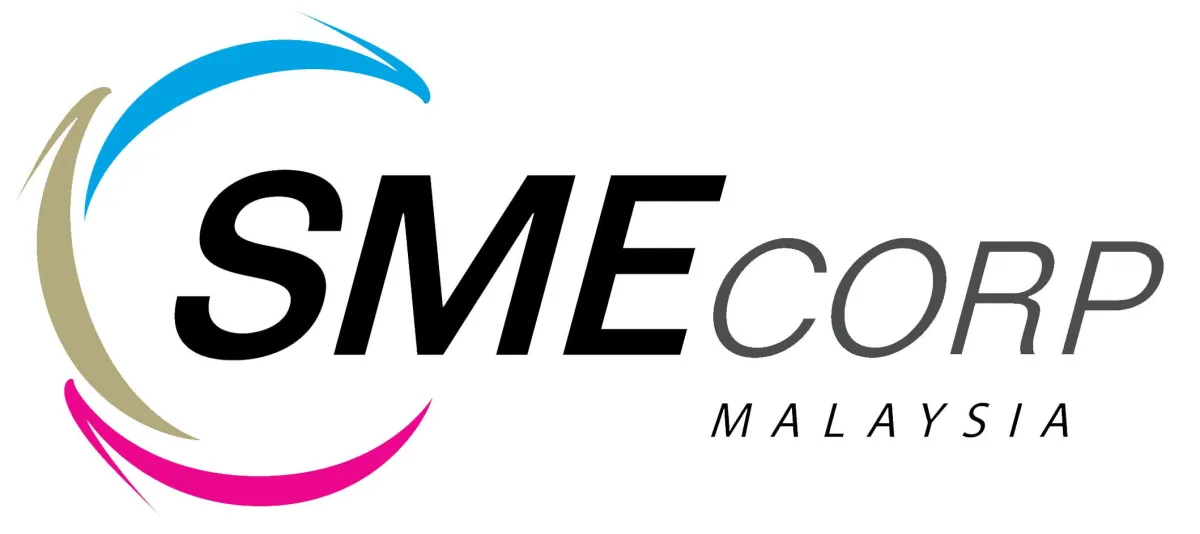
Choosing the Right Accounting Method: Cash vs Accrual
In Malaysia, both accounting methods are legally accepted. Choosing the right one depends on your business model.
Cash basis accounting records transactions only when money is received or paid. It is simpler and often used by freelancers or very small businesses with immediate payment terms.
Accrual basis accounting records income and expenses when they occur, regardless of payment. It provides a more accurate financial picture and is preferred by businesses with inventory, delayed payments, or credit terms. Most growing SMEs in Malaysia eventually move toward the accrual method.
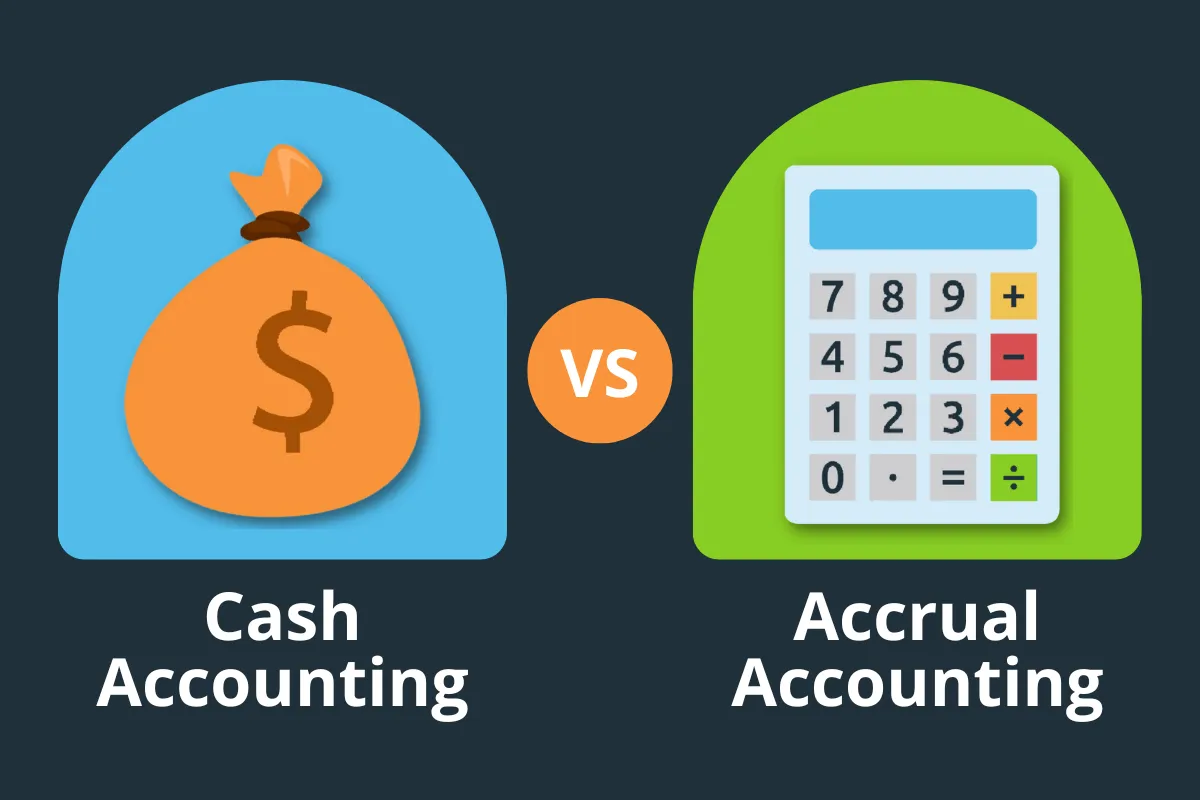
What You Must File: LHDN, SSM & SST
Compliance is non-negotiable. Malaysian SMEs are required to file different reports depending on their structure and activity.
Income tax returns must be submitted to LHDN Form C for Sdn Bhd companies and Form B for sole proprietors or partnerships within seven months of the financial year-end.
SST registration becomes mandatory when your taxable turnover exceeds RM500,000 over a 12-month period. SST returns are filed bi-monthly via the MySST portal, with different requirements depending on whether you’re in manufacturing or services.
SSM requires companies to file annual returns and financial statements through the MBRS platform. Non-compliance can result in heavy penalties, and in some cases, personal liability for directors.
Common Accounting Mistakes (And How to Avoid Them)
Many SMEs fall into preventable traps. Common mistakes include failing to match income with corresponding expenses, overlooking unpaid invoices, and incorrectly claiming personal costs as business deductions. Others neglect SST obligations or fail to maintain proper digital backups.
To avoid these issues, implement a monthly review process. It doesn’t have to be complicated even a 30-minute review with your accountant or finance team can uncover costly oversights.
Best Accounting Software for Malaysian SMEs
Choosing the right software depends on your business size, industry, and internal capabilities. Locally preferred options like SQL Account and AutoCount are well-suited for SMEs handling SST and inventory. QNE is increasingly popular due to its ease of use and built-in support for LHDN’s upcoming e-Invoice system.
Cloud-based options like Xero and QuickBooks are ideal for startups or businesses that need mobile access, while Wave offers a free entry point for freelancers or micro businesses. As your business scales, software selection can directly affect efficiency, accuracy, and compliance.
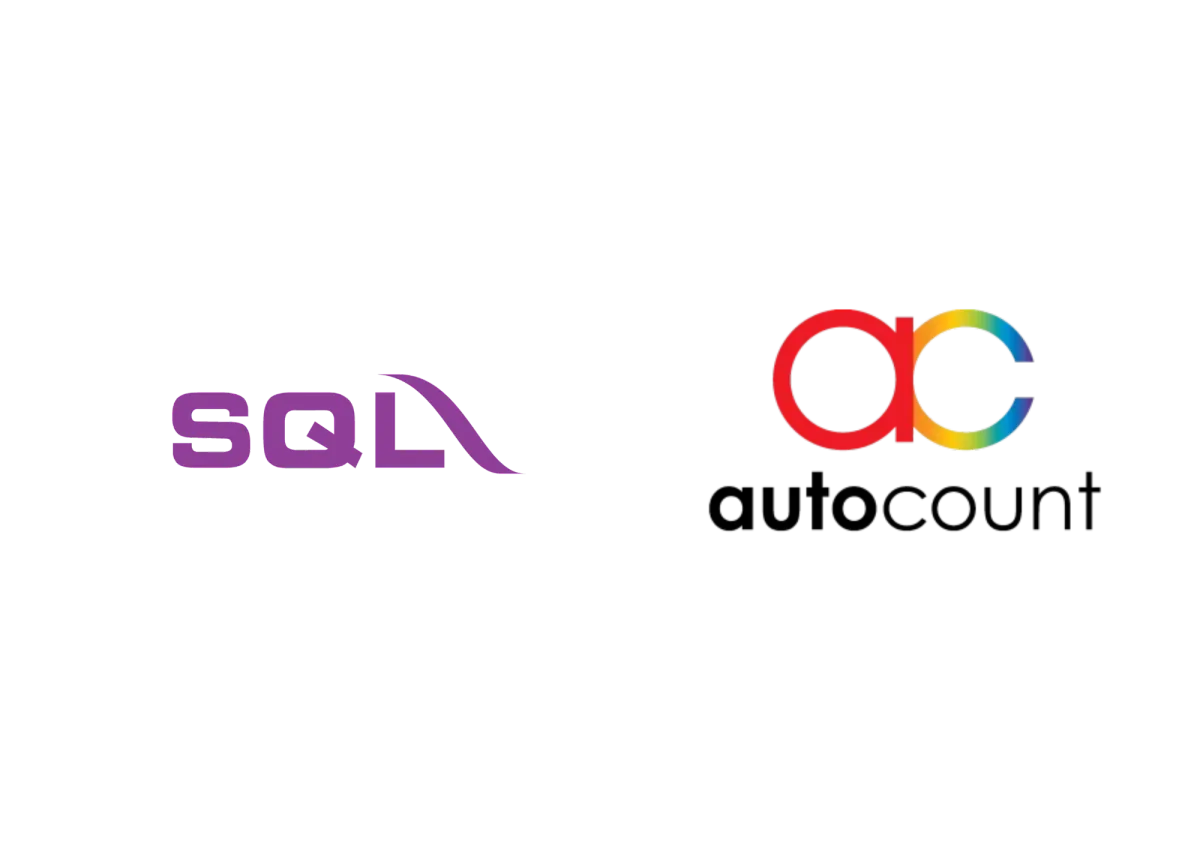
Your SME Accounting Setup Checklist
Make sure these essentials are in place to establish a solid accounting foundation:
• Register your business with SSM
• Open a business bank account
• Choose and implement accounting software
• Set up a chart of accounts that fits your business model
• Track income, expenses, and outstanding invoices monthly
• Monitor SST eligibility and file if applicable
• File annual and tax-related documents on time
• Back up all financial records consistently
Bonus: LHDN e-Invoice Rollout (What to Know in 2025)
Malaysia’s e-Invoice system is being rolled out by LHDN, with mandatory compliance for all businesses expected by mid-2025. If you’re still issuing invoices manually or via spreadsheets, it’s time to prepare.
LHDN requires invoices to be submitted through its approved digital platforms and to include essential fields such as TIN (Tax Identification Number) and timestamp data. Popular local software like QNE and SQL have begun integrating e-Invoice compliance modules, making this transition smoother.
The earlier you adopt, the easier the learning curve — and the less risk of non-compliance.
Conclusion
SME accounting in Malaysia doesn’t have to be overwhelming — but it does need to be deliberate. By following the right structure, tools, and filing schedule, you’ll avoid costly mistakes and set up your business for long-term growth.
Whether you’re just starting or already scaling, now is the time to tighten your numbers and take control. From SST to e-Invoice, accounting is no longer a back-office task — it’s a business survival skill.
FAQs
Do I need an accountant or can I do it myself?
You can start on your own using software like Xero or QNE. However, once your business scales or you cross the SST threshold, hiring a licensed accountant ensures better compliance and saves you time.
What happens if I miss LHDN’s tax deadlines?
Late submissions may incur penalties ranging from 10% to 45% of the tax payable. Avoid this by using a tax calendar and setting digital reminders.
Is Excel enough for SME accounting?
Excel is fine at the startup stage, but it lacks automation, audit trails, and tax features. By your second year, migrating to proper software is highly recommended.


